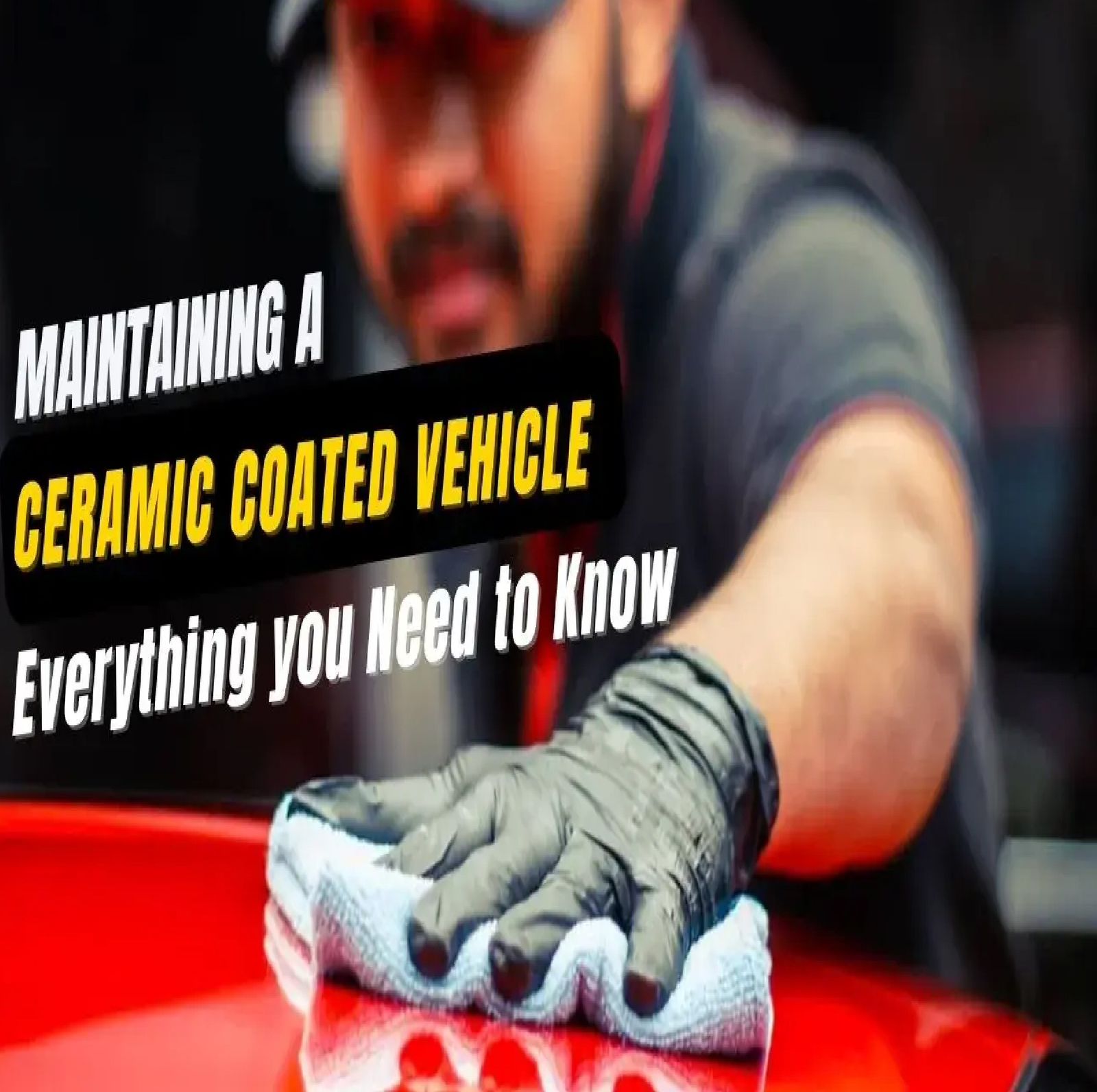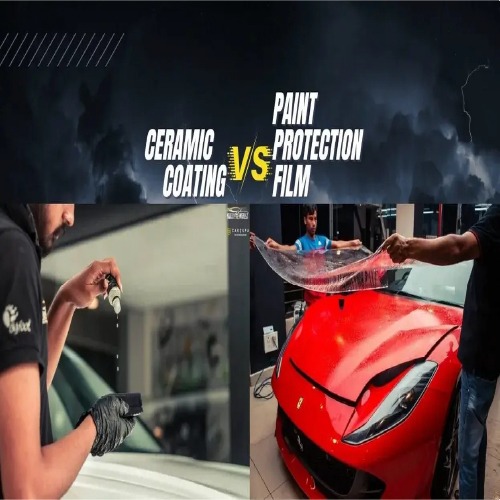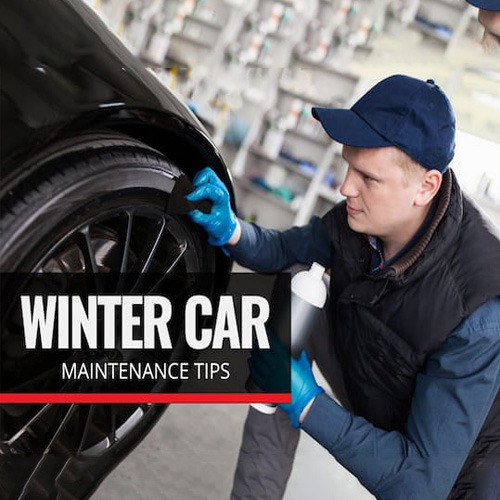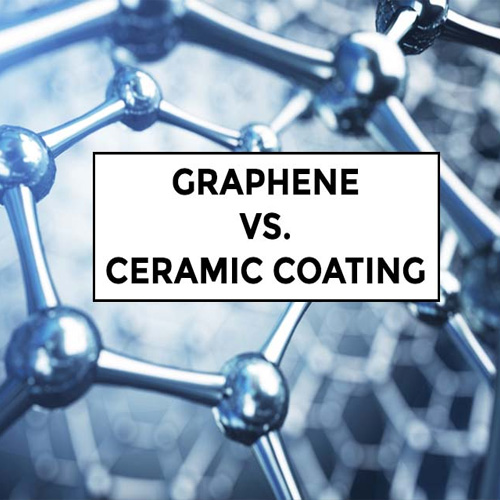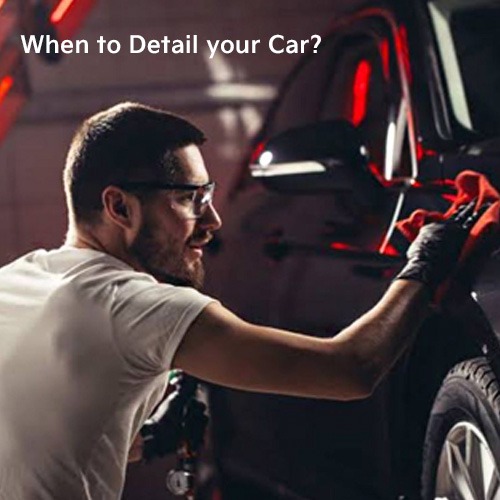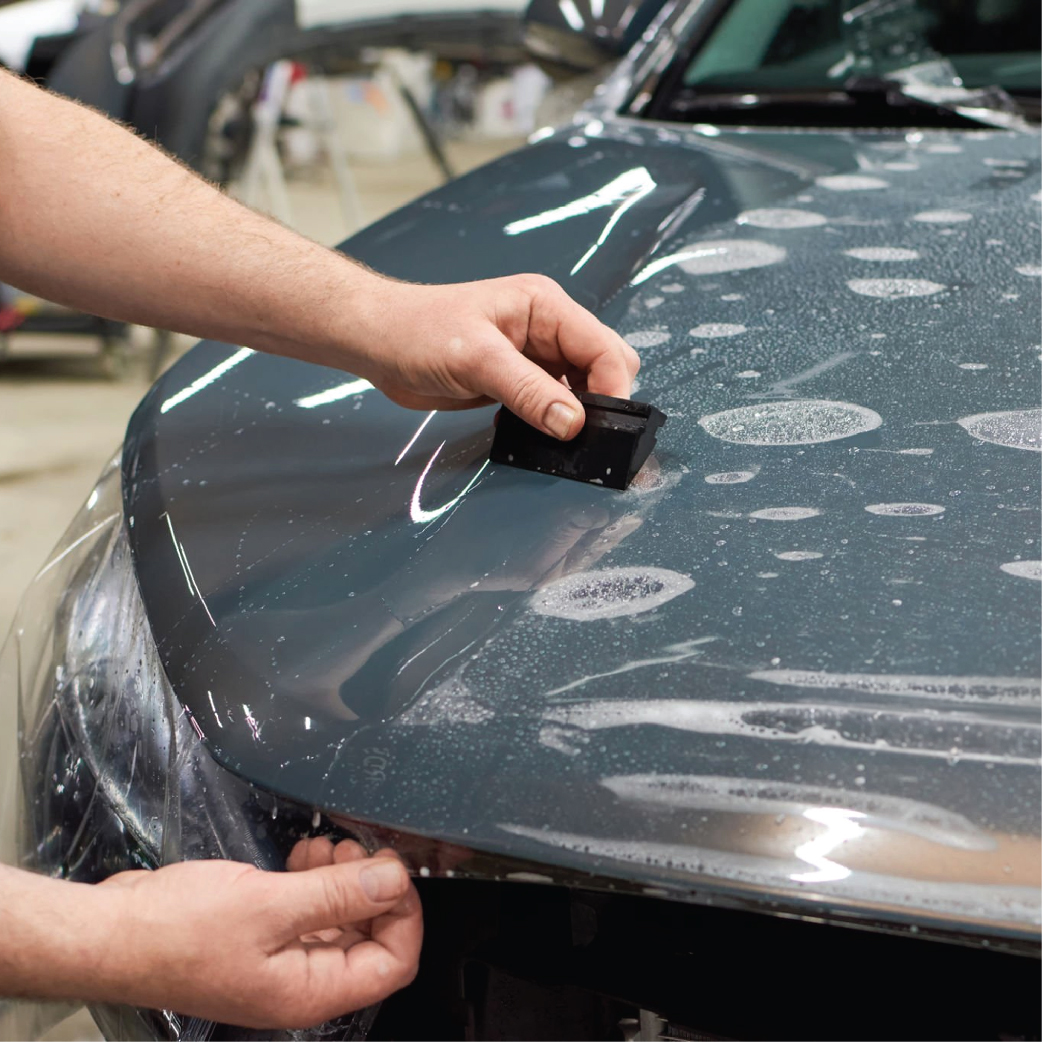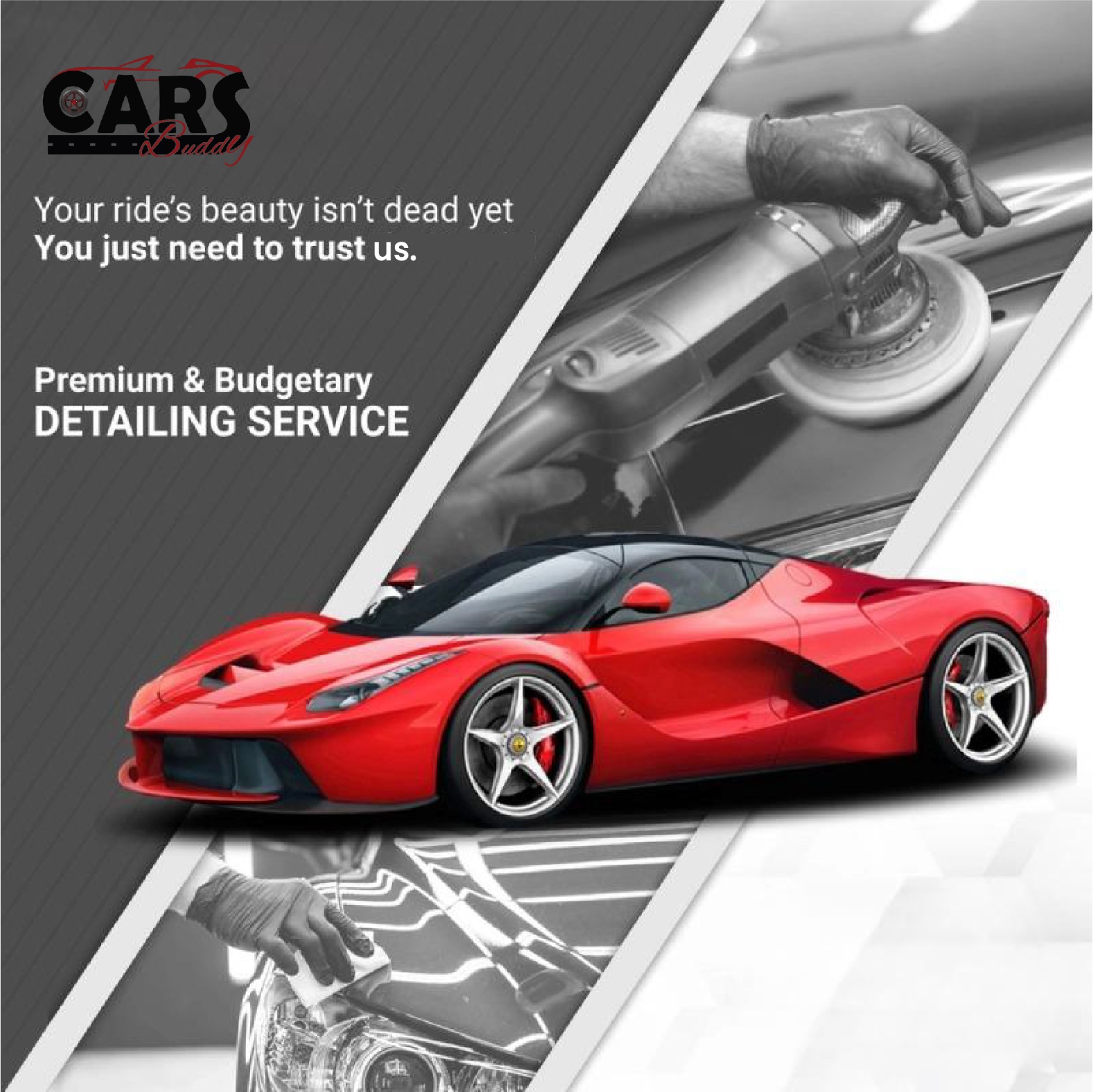
Detailing Services for Different Types of Cars
The love for a car goes beyond just getting from point A to point B. It’s about the feeling of freedom on the open road, the purr of the engine, and the satisfaction of a gleaming, well-maintained ride. But let’s face it, everyday driving takes its toll. Dust accumulates, interiors get cluttered, and that once-brilliant shine can fade. This is where car detailing comes in, offering a range of services to cater to every car and every owner’s needs.
The Everyday Driver:
For your daily driver, the workhorse that tackles errands and commutes, a basic detail is a great way to keep it looking fresh. This typically includes:
• Exterior wash and wax: A thorough hand wash removes dirt, grime, and road film, followed by a high-quality wax application that adds protection and enhances the paint’s shine.
• Interior vacuuming: This tackles dust, crumbs, and pet hair, leaving your car feeling clean and refreshed.
• Window cleaning: Crystal clear windows ensure optimal visibility and a more polished look.
The Weekend Warrior:
For the car that takes you on weekend adventures, a more comprehensive detail might be ideal. This could include all the services mentioned above, plus:
• Wheel cleaning: Removing brake dust and road grime from wheels not only improves aesthetics but also helps maintain the health of your brakes.
• Tire dressing: A proper tire dressing conditions and protects rubber, keeping it looking black and new for longer.
• Door jamb cleaning: This often-neglected area gets a thorough cleaning to remove dirt and grime buildup.
• Light paint correction: Minor swirls and scratches can be polished out,
restoring the paint’s clarity and gloss.
The Classic Car:
Classic car owners have a special appreciation for their vehicles. Detailing services for classics often include:
• Paint rejuvenation: Over time, classic car paint can become dull or
oxidized. Detailers use specialized techniques and products to restore the paint’s luster and protect it from further damage.
• Leather cleaning and conditioning: Leather seats require special care to prevent cracking and fading. Detailers use leather cleaners and conditioners to keep them supple and looking their best.
• Chrome polishing: Chrome trim is a hallmark of classic cars, and keeping it shiny and free of rust requires specialized polishes and buffing techniques.
The Showstopper:
For those who take pride in their car’s immaculate appearance, a show car detail is the ultimate treatment. This involves meticulous attention to detail and may include:
• Multi-stage paint correction: This involves a series of polishing steps to remove even the most stubborn imperfections, resulting in a flawless, mirror-like finish.
• Headlight restoration: Over time, headlights can become hazy and
yellowed. Detailers use headlight restoration techniques to restore their clarity and improve nighttime visibility.
• Engine bay detailing: Even the engine bay gets a thorough cleaning and detailing, showcasing the car’s mechanics in their best light.
• Interior detailing with protectants: Every nook and cranny of the
interior receives a deep cleaning, followed by the application of protectants to prevent future wear and tear.
Choosing the Right Detail:
The type of detail you choose will depend on your car, your budget, and your desired outcome. Consider factors like:
• The condition of your car: A newer car with minimal wear and tear might only need a basic detail, while an older car with more wear might benefit from a more comprehensive service.
• Your budget: Detailing services range in price depending on the level of detail and the size of your car.
• Your desired outcome: Do you simply want a clean car for everyday use, or are you aiming for a show-stopping finish?
The Benefits of Detailing:
Regular car detailing offers several benefits:
• Improved appearance: A well-detailed car looks its best, turning heads
wherever you go.
• Increased value: A well-maintained car retains its value better than a
neglected one.
• Protection: Detailing services like waxing and paint correction protects your car’s paint from the elements and environmental damage.
• Pride of ownership: There’s a sense of satisfaction that comes from owning a clean and well-maintained car.
Detailing your car is more than just a cosmetic enhancement; it’s an investment in your car’s health and longevity. By choosing the right detail service at CarsBuddy for your needs, you can keep your car looking its best for years to come.

